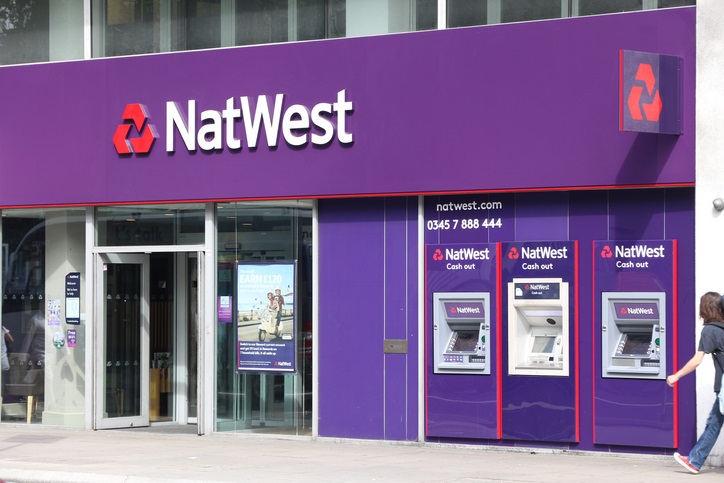NatWest trumps expectations, but takes serious Covid-19 hit
The bank is awash with cash, but made a £351 million pre-tax loss.
19th February 2021 10:34
by Richard Hunter from interactive investor
The bank is awash with cash, but made a £351 million pre-tax loss.

NatWest (LSE:NWG) may have beaten expectations on most of the key metrics, but the pandemic has driven a steamroller through any hopes of an overall profit.
The pre-tax loss for the year of £351 million compares to a previous profit of £4.2 billion.
Total income fell 24% as customers lowered spending, increased loan repayments and put money aside, as represented by an increase of £62.5 billion to NatWest’s deposits.
At the same time, historically low interest rates have compressed the net interest margin again to 1.71% from a previous 1.97%. Further deterioration was also evidenced by a negative return on equity number and a cost/income ratio which increased to 72.9% from 65.1% the previous year, and exacerbated by an uncomfortable fourth quarter number of 92%.
However, the central culprit is the loan impairment figure, which stood at £3.2 billion for the year. There is, however, some solace to be found. The fourth quarter impairment charge of £130 million is significantly less than the £485 million expected, while the overall figure is shy of the bank’s own previous estimate of £3.5 billion to £4.5 billion.
Rather more positively, NatWest is a bank which is simply awash with capital.
- ii view: what to make of Barclays' latest results
- Investors want bank dividends restored this year
- Barclays’ results set the bar high for its rivals
Quite apart from a liquidity coverage ratio of 165% and a liquidity pool of £262 billion, the capital cushion has risen further to stand at 18.5%, as compared to 16.2% at the end of the previous year.
How the bank deploys this capital in future will be strategically interesting – there is still an overhang on the stock in the form of the government’s remaining 62% stake – but in the meantime, the resumption of a dividend payment is a start, even though the cost to the bank is of little consequence.
The announcement of a 3 pence dividend is a cautious move which implies a yield of under 2%. However, the bank has dangled the carrot of future returns in the form of both ordinary and special dividends dependent on economic conditions. Although, for the moment, a return to the previous yield of over 4% is a distant hope.
The bank has also made its contribution to keeping the wheels of the economy oiled, with support to businesses over the pandemic totalling nearly £24 billion and payment holidays benefiting some 330,000 customers.
However, with its exposure to the SME market, some of the funding will simply be to keep businesses afloat rather than investing to grow, an unsustainable approach which should improve as the economy eases away from its current plight.
There is also further growth in its digital proposition, with active users now totalling 9.4 million and with almost 60% of customers choosing to conduct their business online. In time, this has potentially positive implications, and not only for growth. It could also mean services provided at an incrementally lower cost, as the slow move away from the costly and traditional branch network continues.
With mortgage and commercial lending on the rise, and with further streamlining to the business in terms of the shrinking of NatWest Markets and the eventual sale of the Ulster Bank business (excluding Northern Ireland), the bank which emerges should be simpler than the behemoth which it had once become.
As with its peers, the share price has seen a spike since the initial announcement of a vaccine in early November, but far from enough to stem an overall decline for the year.
For NatWest, the bounce of 37% since November does not prevent a decline of 17% over the last year, as compared to a drop of 11% for the wider FTSE 100. The general view of the group has cooled given the complications of current prospects, with the market consensus having recently slipped to a ‘hold’.
These articles are provided for information purposes only. Occasionally, an opinion about whether to buy or sell a specific investment may be provided by third parties. The content is not intended to be a personal recommendation to buy or sell any financial instrument or product, or to adopt any investment strategy as it is not provided based on an assessment of your investing knowledge and experience, your financial situation or your investment objectives. The value of your investments, and the income derived from them, may go down as well as up. You may not get back all the money that you invest. The investments referred to in this article may not be suitable for all investors, and if in doubt, an investor should seek advice from a qualified investment adviser.
Full performance can be found on the company or index summary page on the interactive investor website. Simply click on the company's or index name highlighted in the article.